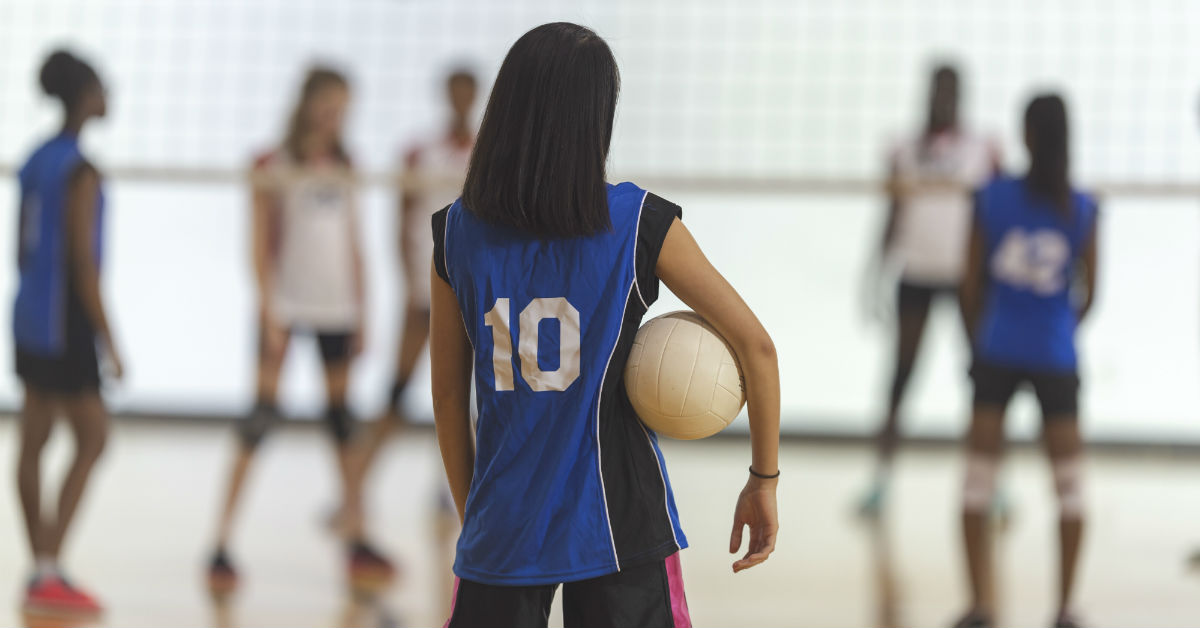
Though the high school sports season begins this month, the reality is that many young athletes compete year-round.
Another reality is that active kids get hurt. But there are ways to minimize the risk of injury.
First and foremost, young athletes should take part in strength and conditioning programs offered year-round at most schools, says Dr. Carl A. DiRaimondo, an orthopedic surgeon and fellowship-trained sports medicine specialist at Orthopedics & Sports Medicine BayCare Clinic in Manitowoc.
“Taking advantage of those opportunities allows that athlete to stay in a better level of shape or condition,” he says, thus reducing the chance of injuries.
DiRaimondo, who spends his late-summer and fall Friday nights as the physician on the sideline at high school football games in the Manitowoc area, sees another issue on the playing field.
“A lot of these kids are multi-sport athletes. There are no seasons that are off. Some are playing two sports in the same season, a club sport and a varsity sport,” he says.
“Their bodies are growing. Their physiology is changing. They’re not indestructible. Trying to play sports 365 days a year, particularly two sports at the same time, may exceed their physical limits.”
That’s led to a surge of repetitive-use or overuse injuries.
“For a teenage athlete or younger to be complaining of pain to a joint that’s affecting their ability to play is not normal. Overuse injuries typically seen in an adult population are occurring in our young athletes. Soreness after exercise that resolves is OK. Persistent or worsening pain is not,” DiRaimondo says.
When a young athlete experiences pain that affects their function or performance, start with an evaluation by a school or team athletic trainer. If the trainer deems it to be serious, see a sports medicine specialist.
“The good news is most times, if caught early, these overuse or repetitive-use injuries – because the athletes are young and healthy – can be corrected by a period of rest, activity modification and with specific exercises to correct any underlying biomechanical abnormalities,” DiRaimondo says.
“Allow that injury to heal and then address those issues that might have led to it in the first place.”